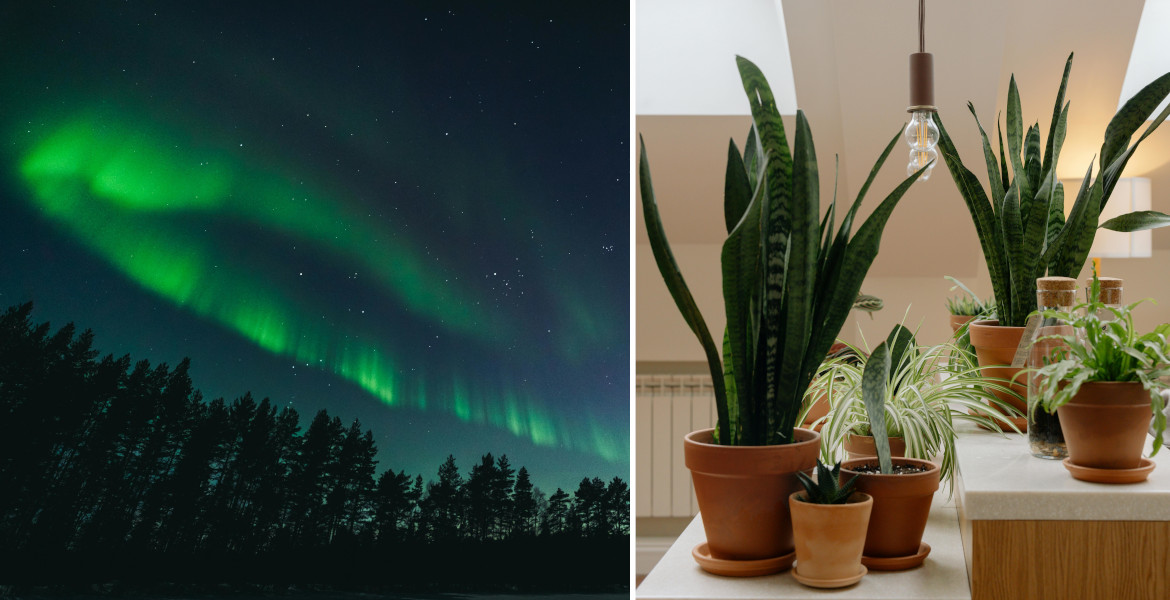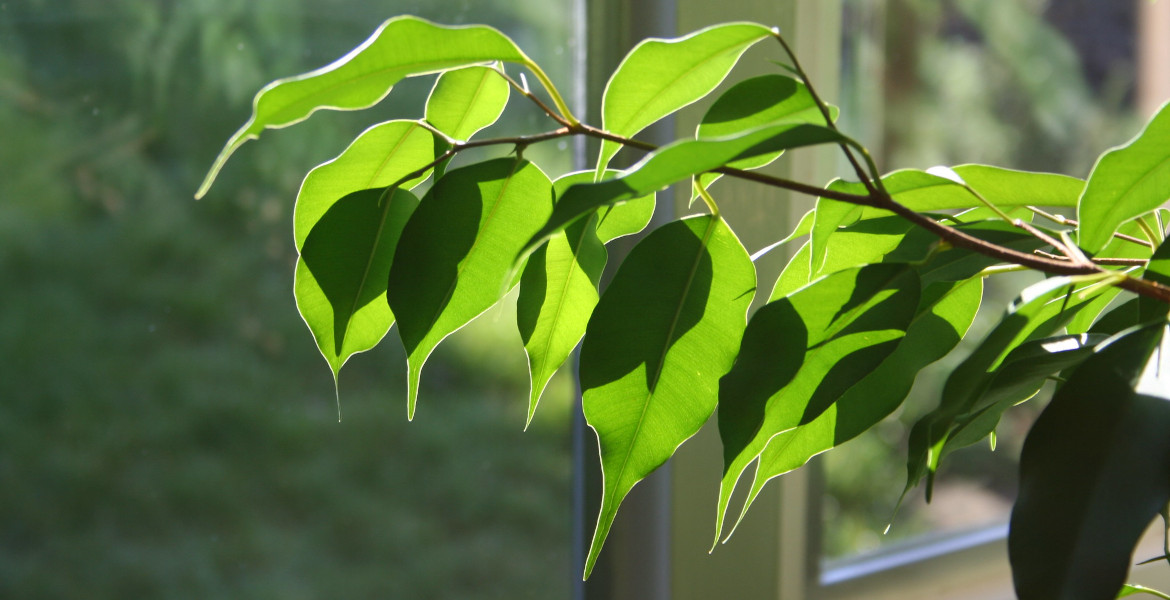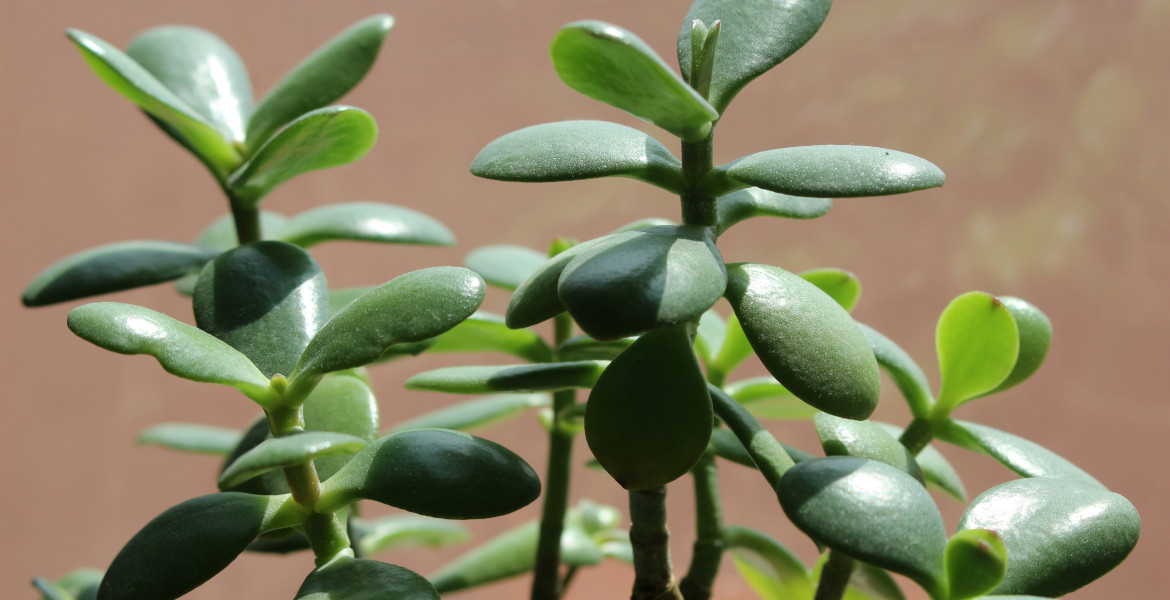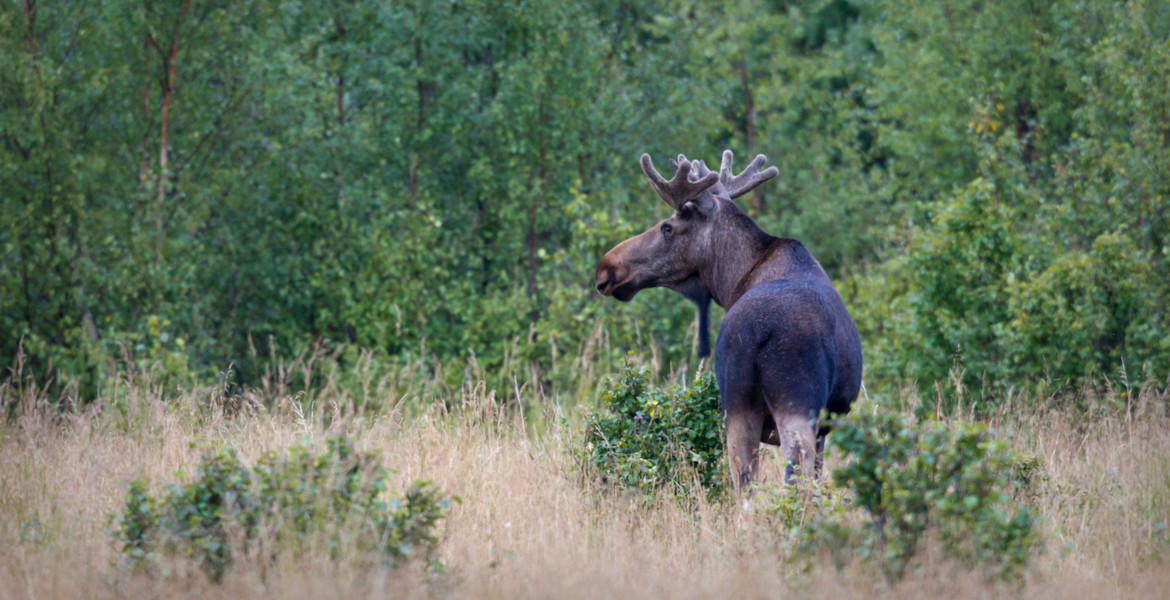It was about a hundred years ago that the Atlantic sturgeon last swam in the Swedish water system of the Göta and Nordre rivers. The reason for its disappearance was that it was heavily fished, and it was also strongly affected by the homogenization of the watercourse and the expansion of hydroelectric power.
The "Return of the Sturgeon" (Störens återkomst) project is run by the Swedish Association for Sport Fishing and Fisheries Conservation (Sveriges sportfiske- och fiskevårdsförbund) with the aim of re-establishing the species, primarily in the Göta and Nordre Älv as the main area. This is also done in cooperation with the University of Gothenburg, the Swedish University of Agricultural Sciences and the Gothenburg Museum of Natural History.
There is also cooperation with Germany, where experts from the Leibniz Institute for Freshwater Ecology and Inland Fisheries in Berlin have already secured fry. The Germans are said to be experts in the ecology of the Atlantic sturgeon and also have long experience in reintroducing the species.
The County Administrative Board (Länsstyrelsen) in Västra Götaland has now given the go-ahead for the release of the sturgeon, and the next step will be to transport about ten young fish for release. The fish will be tagged and monitored for some time to see how the release works, and more fish will be shipped from Germany to Sweden in May.
"A unique event"
– This is a unique event. That Sweden actively regains a regionally extinct species, that is very unusual! It's so exciting, and I really look forward to the day when we can look at the river and think 'there below swims an Atlantic sturgeon as well', project manager and biologist Linnéa Jägrud told the sport fishing magazine Sportfiskarna.
The sturgeon is said to have played an important role in Scandinavian history, and archaeological finds have been made that are believed to date back to the 15th century. Anglers say that restoring the species is partly about preserving biodiversity, but it is also a way of restoring the lost identity of the river. It could also increase the potential for sustainable fishing in the future.
– At a time of setbacks for nature, environmental difficulties and unprecedented species extinction, the reintroduction of an extinct species would send an important and inspiring signal to conservationists across Europe and the West, says Jägrud.












